Links between lipid imbalance and disease have been established, in which lipid changes increase the formation of amyloid plaques, a hallmark of Alzheimer’s disease. This imbalance inspired researchers to explore the role of lipids comprising the cellular membranes of brain cells. In Biointerphases, the researchers report on the significant role lipids may play in regulating C99, a protein within the amyloid pathway, and disease progression.
Tag: Brain
Unexpected discovery opens a new way to regulate blood pressure
A new discovery finds that zinc plays a critical and underappreciated role in blood pressure regulation, offering a potential new pathway for therapies to treat hypertension.
New drug to halt dementia after multiple head injuries
A world-first international study led by the University of South Australia has identified a new drug to stop athletes developing dementia after sustaining repeated head injuries in their career.
Social Justice as Part of the Remedy for What Ails Us
The T. Denny Sanford Institute for Empathy and Compassion has opened its newest center, focused on addressing issues of social justice in health care.
Electric fish — and humans — pause before communicating key points
Research from Washington University in St. Louis reveals an underlying mechanism for how pauses allow neurons in the midbrain to recover from stimulation.
LLNL-developed thin-film electrodes reveal key insight into human brain activity
Thin-film electrodes developed at Lawrence Livermore National Laboratory have been used in human patients at the University of California, San Francisco, generating never-before-seen recordings of brain activity in the hippocampus, a region responsible for memory and other cognitive functions.
New Finding Suggests Cognitive Problems Caused by Repeat Mild Head Hits Could Be Treated
A neurologic pathway by which non-damaging but high frequency brain impact blunts normal brain function and causes long-term problems with learning and memory has been identified. The finding suggests that tailored drug therapy can be designed and developed to reactivate and normalize cognitive function, say neuroscientists at Georgetown University Medical Center.
Blanks for the Memory
UC San Diego researchers report that one kind of perceptual learning can occur in memory-impaired persons who do not actually remember what they learned.
International Study Links Brain Thinning to Psychosis
Subtle differences in the shape of the brain that are present in adolescence are associated with the development of psychosis, according to an international team led by psychiatrists at the University of Pittsburgh School of Medicine and Maastricht University in the Netherlands.
Hunger Cues
Research by investigators at Harvard Medical School illuminates the neurobiology that underlies food attraction and how hungry mice choose to pay attention to one object in their environment over another.
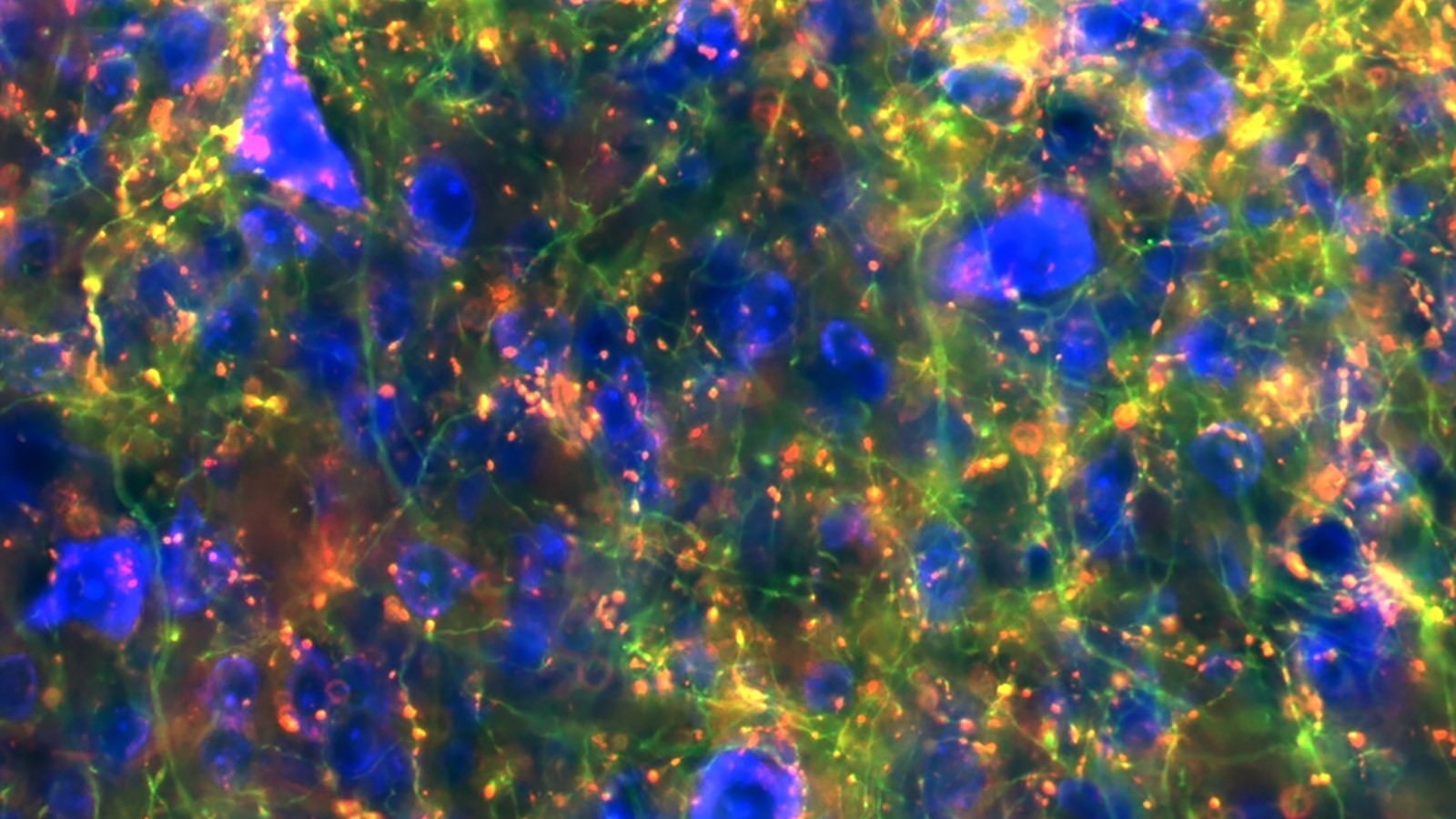
New Blueprint of Brain Connections Reveals Extensive Reach of Central Regulator
Scientists have created a connectivity map from a brain hub that regulates motor and behavior functions. The connections could open avenues for intervention of Parkinson’s disease and other disorders such as Tourette’s syndrome, ADHD and obsessive-compulsive disorder.
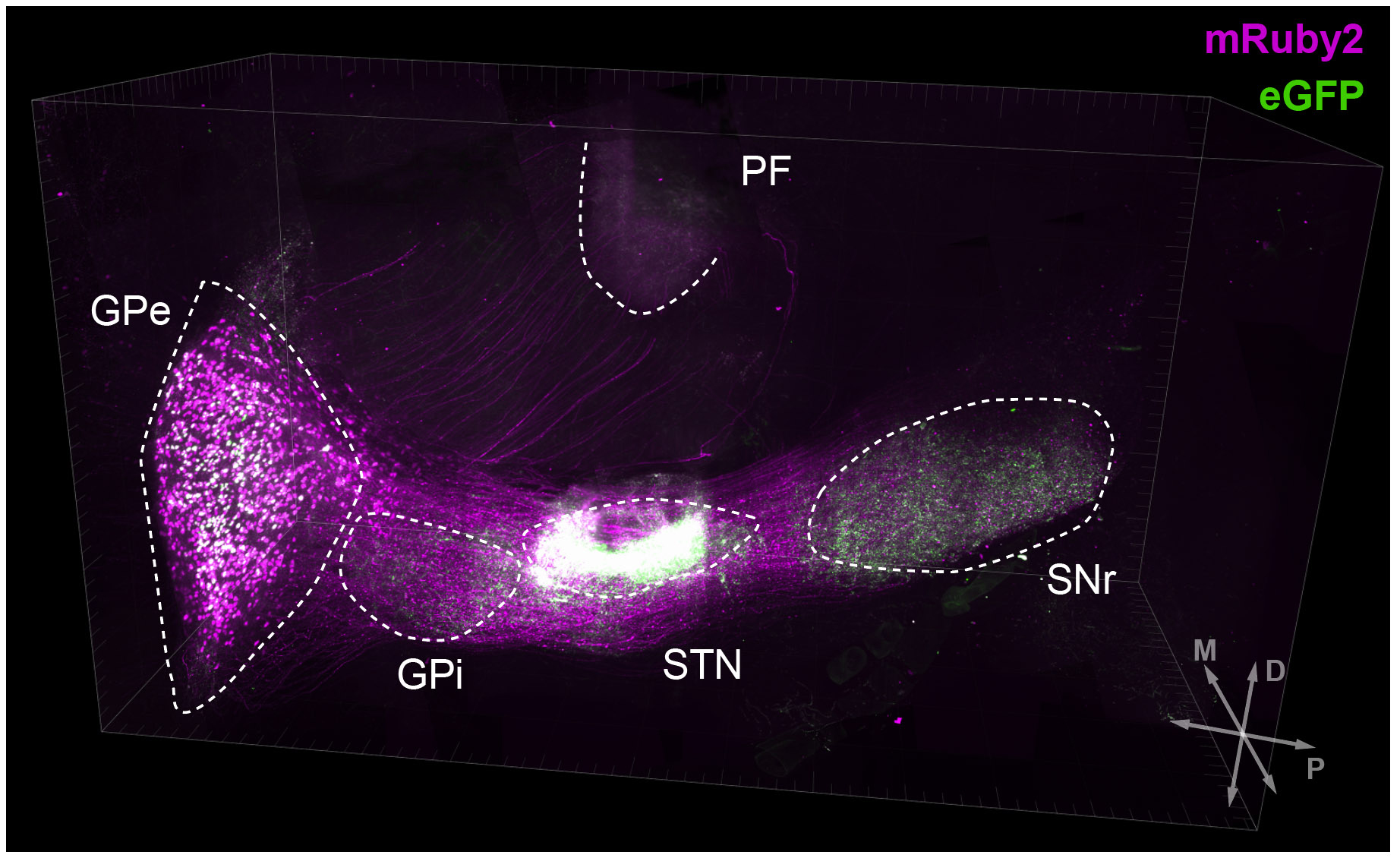
Distinct Parkinson’s Disease Symptoms Tied to Different Brain Pathways
Neurobiologists have found that identifiable brain pathways are linked with specific debilitating symptoms of Parkinson’s disease. The findings could help form the basis for improving therapeutic strategies for precise symptoms of Parkinson’s at various levels of disease progression.
Exercise Boosts Blood Flow to The Brain, Study Finds
DALLAS – March 23, 2021 – It’s not just your legs and heart that get a workout when you walk briskly; exercise affects your brain as well. A new study by researchers at UT Southwestern shows that when older adults with mild memory loss followed an exercise program for a year, the blood flow to their brains increased. The results were published online today in the Journal of Alzheimer’s Disease.
“Hunger hormone” ghrelin affects monetary decision making
Higher levels of the stomach-derived hormone ghrelin, which stimulates appetite, predict a greater preference for smaller immediate monetary rewards over larger delayed financial rewards, a new study finds. The study results will be presented at ENDO 2021, the Endocrine Society’s annual meeting.
Researchers find a better way to measure consciousness
Millions of people are administered general anesthesia each year in the United States alone, but it’s not always easy to tell whether they are actually unconscious. A small proportion of those patients regain some awareness during medical procedures, but a new study of the brain activity that represents consciousness could prevent that potential trauma.
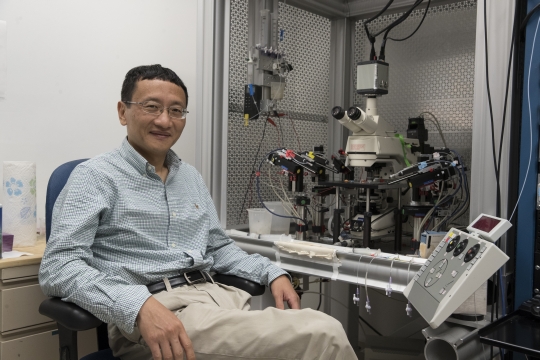
Brain sensor offers Alzheimer’s answers
Scientists have found an explanation for why Alzheimer’s drugs have limited effectiveness and why patients get much worse after going off of them.
Custom diets are essential to mental health, new research shows
Customized diets and lifestyle changes could be key to optimizing mental health, according to new research including faculty at Binghamton University, State University of New York.
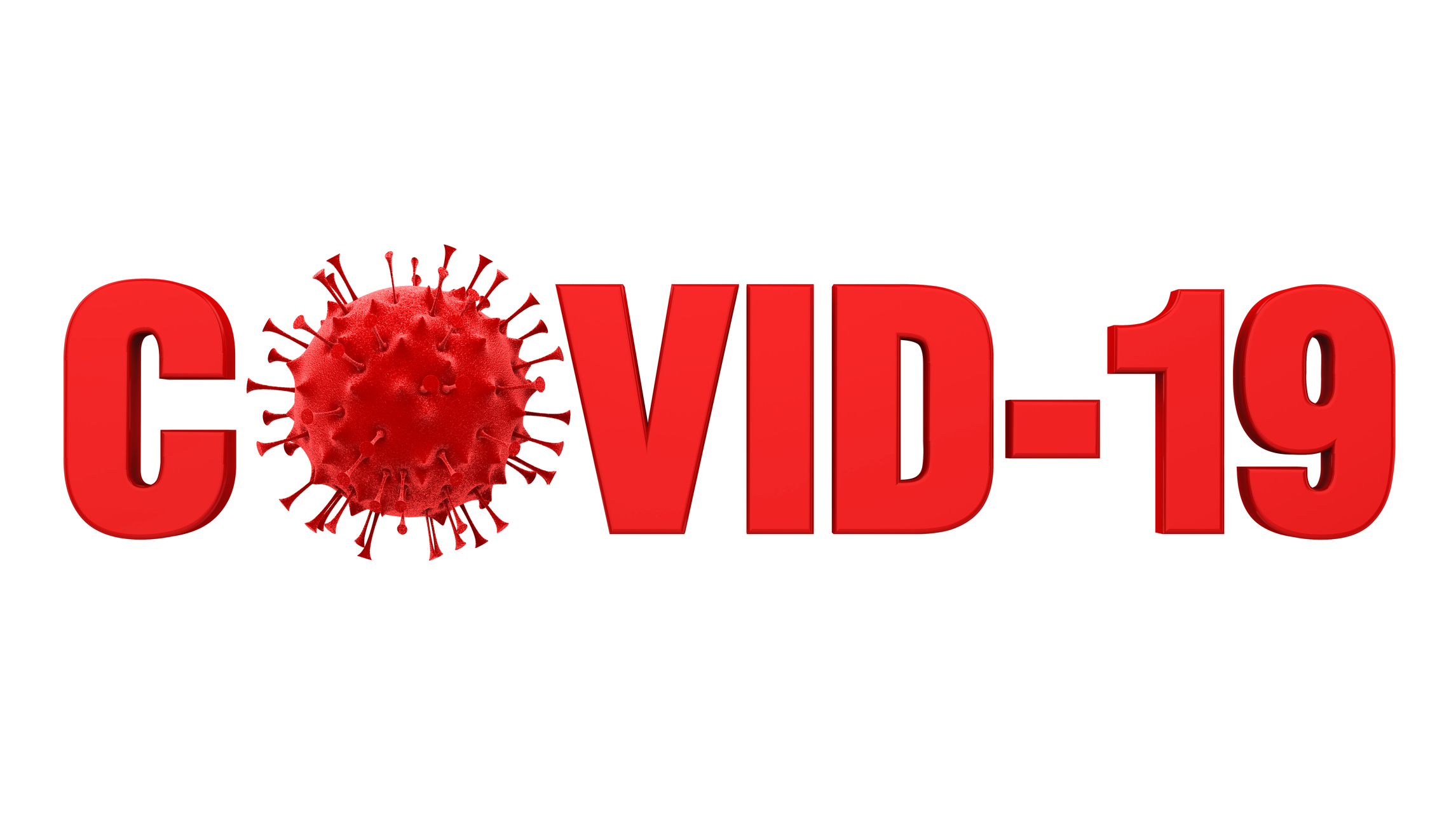
Story Tips from Johns Hopkins Experts on COVID-19
Reports on variants of the coronavirus that causes COVID-19 have swept the news over the past few months, but what exactly is a virus variant?

Distinguishing Between Two Very Similar Pediatric Brain Conditions
Slight differences in clinical features can help physicians distinguish between two rare but similar forms of autoimmune brain inflammation in children, a new study by UT Southwestern scientists suggests. The findings, published online in Pediatric Neurology, could provide patients and their families with a better prognosis and the potential to target treatments specific to each condition in the future.
Nobody finds the Alzheimer’s Germ in $1 Million Challenge, but eight researchers split $200K, says Dr. Leslie Norins of Alzheimer’s Germ Quest
There is now keen interest in deeper investigation of infectious agents as the trigger of Alzheimer’s disease
Expert Alert: Encephalitis prevention another reason to receive COVID-19 vaccine
Patients with COVID-19 are at risk for neurologic complications, including encephalitis, or inflammation of the brain.
“Encephalitis cases have been reported in patients with COVID-19, although on the whole it appears to be a relatively rare complication,” says Michel Toledano, M.D., a Mayo Clinic neurologist.
In the case of encephalitis caused by communicable diseases for which there is a vaccine available, getting vaccinated is the best way of preventing the disease.
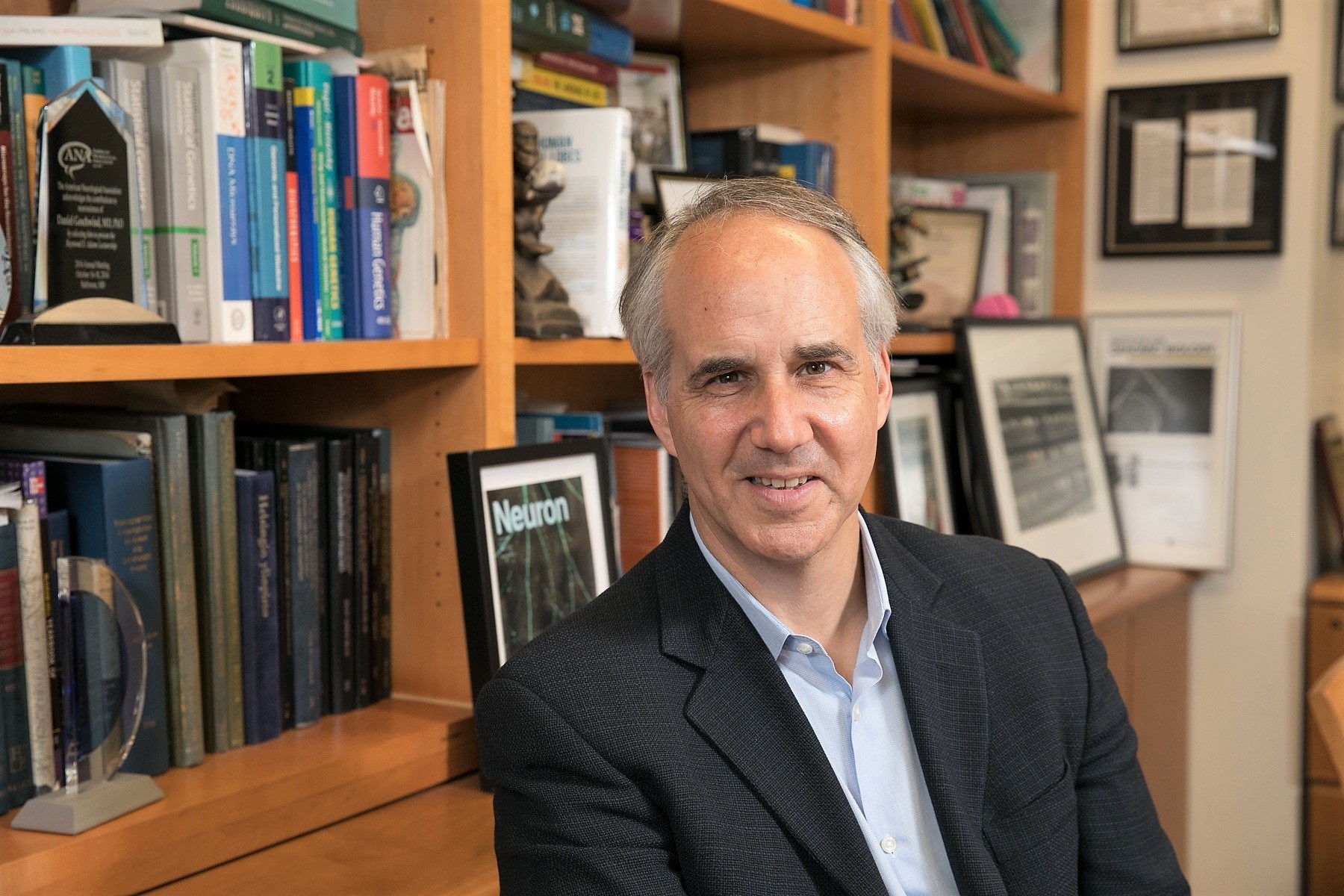
‘Mini brain’ organoids grown in lab mature much like infant brains
A new study from UCLA and Stanford University researchers finds that three-dimensional human stem cell-derived ‘mini brain’ organoids can mature in a manner that is strikingly similar to human brain development.

Small ‘window of opportunity’ for best recovery after stroke
An international study has shown, for the first time, that the capacity of the human brain to recover and rewire itself peaks around two weeks after a stroke and diminishes over time.
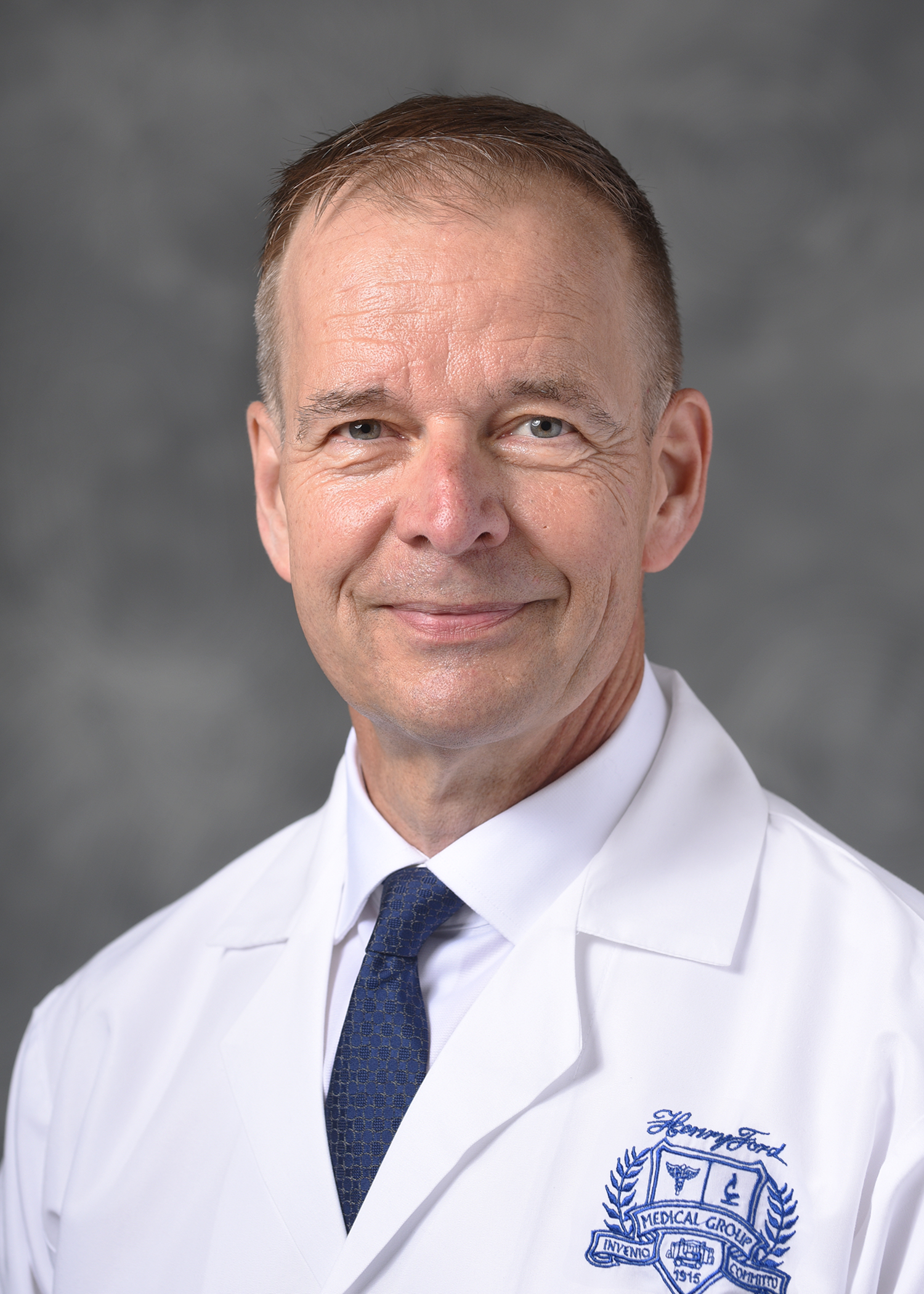
Henry Ford Cancer Institute is First in the World to Activate Two New Treatments in GBM AGILE Trial for Glioblastoma
Henry Ford Cancer Institute is the first site in the world to activate two new treatments for glioblastoma (GBM), the deadliest form of brain cancer, as part of a patient-centered adaptive platform trial known as GBM AGILE (Glioblastoma Adaptive Global Innovative Learning Environment).
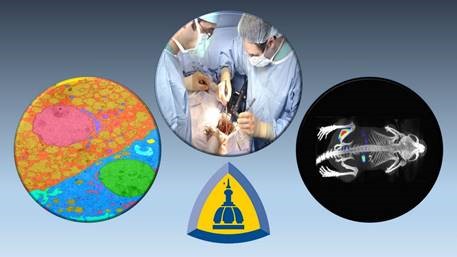
Research News Tip Sheet: Story Ideas from Johns Hopkins Medicine
During the COVID-19 pandemic, Johns Hopkins Medicine Media Relations is focused on disseminating current, accurate and useful information to the public via the media. As part of that effort, we are distributing our “COVID-19 Tip Sheet: Story Ideas from Johns Hopkins” every other Tuesday.

Nutrition, companionship reduce pain in mice with sickle cell disease, UCI-led study finds
Irvine, Calif., Feb. 1, 2021 — Researchers from the University of California, Irvine and the University of Minnesota have found that an enriched diet and companionship can reduce pain in mice with sickle cell disease by increasing serotonin. They also discovered that duloxetine, an antidepressant that boosts serotonin levels, could be an alternative to opioids in treating chronic pain.
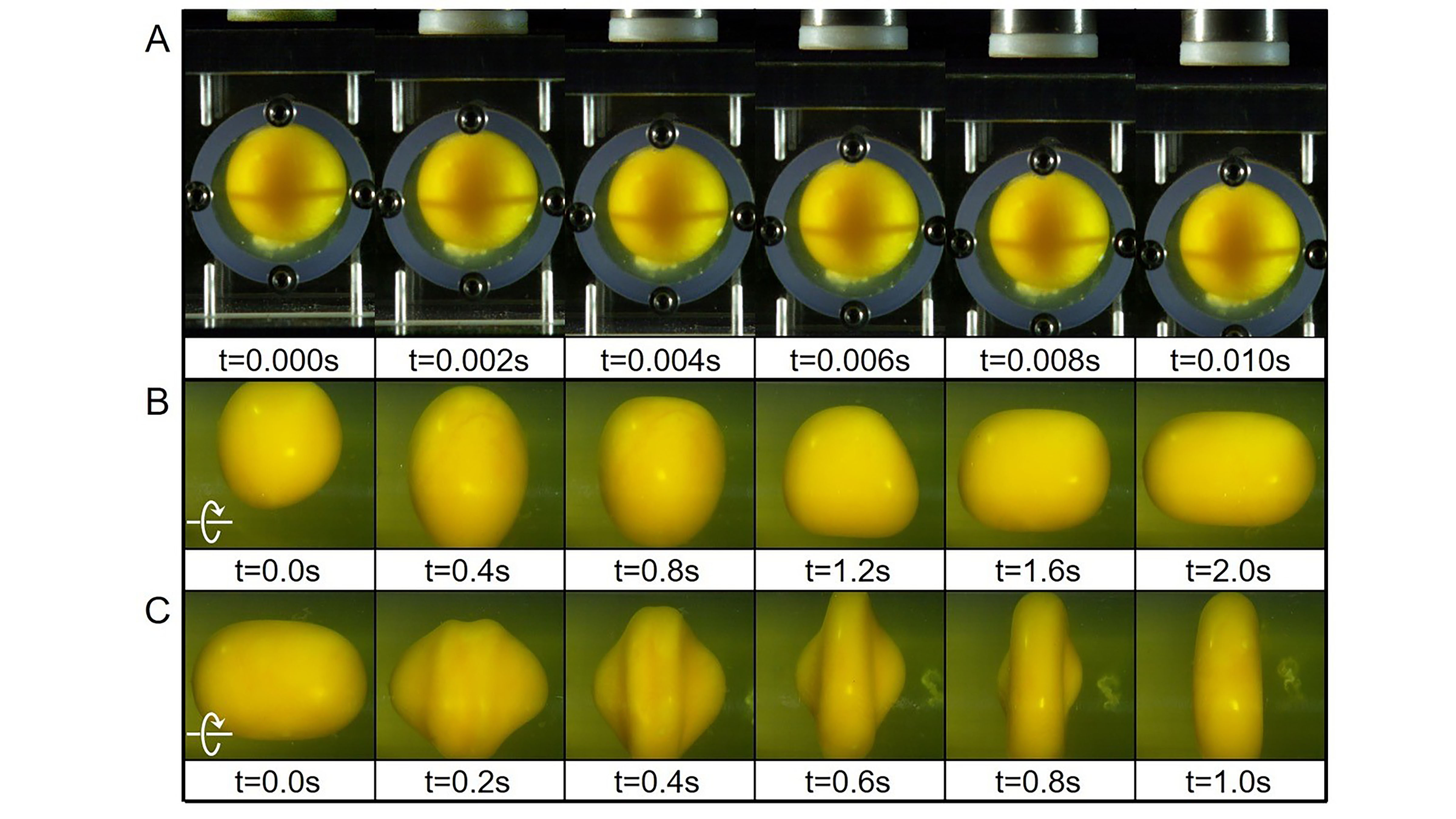
Eggs Reveal What May Happen to Brain on Impact
Our brains consist of soft matter bathed in watery cerebrospinal fluid inside a hard skull, and in Physics of Fluids, researchers describe studying another system with the same features, an egg, to search for answers about concussions. Considering that in most concussive brain injuries, the skull does not break, they wanted to find out if it was possible to break or deform the egg yolk without breaking the eggshell and did a simple experiment using an egg scrambler, measuring the soft matter deformation.
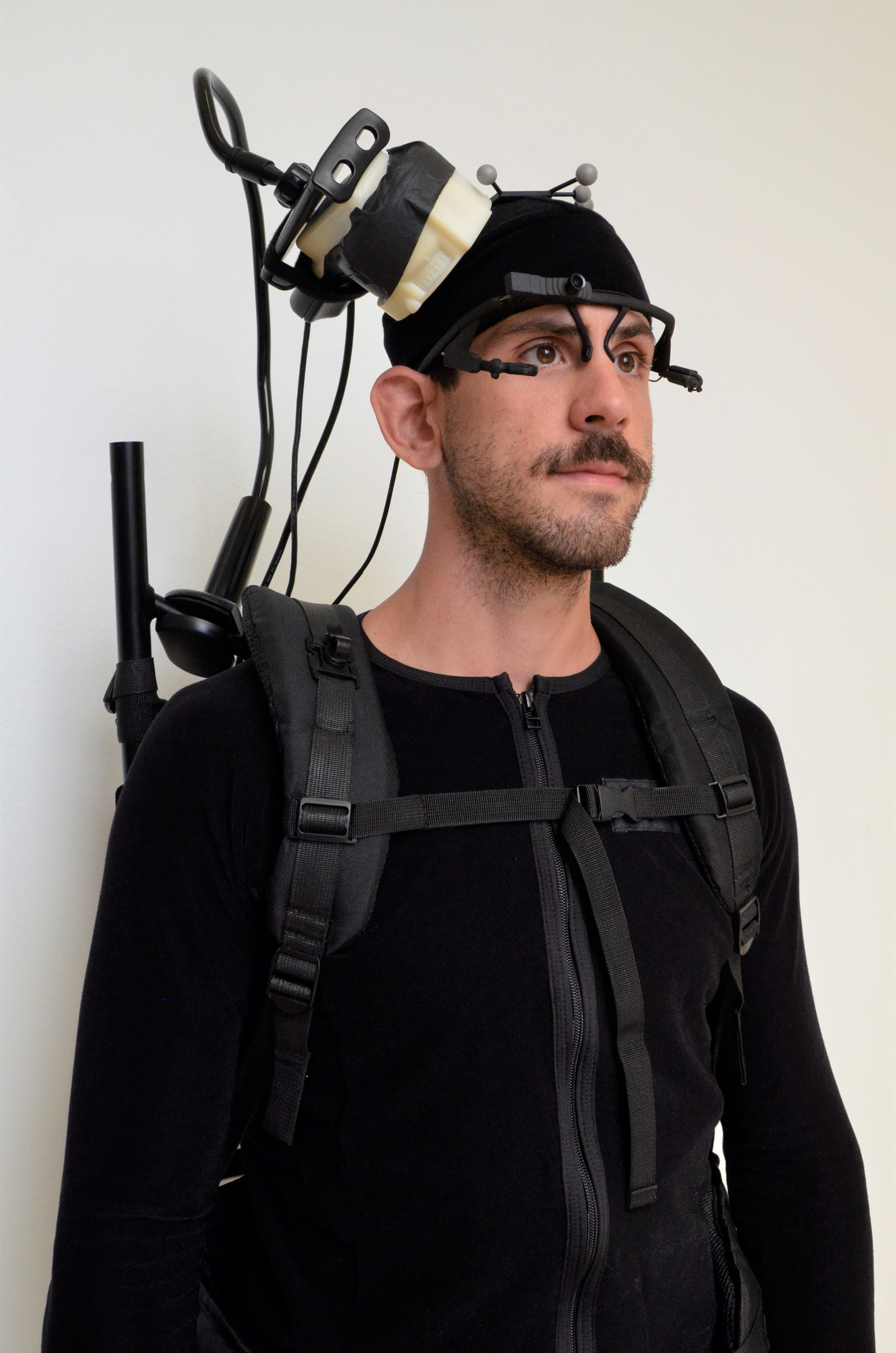
Neuroscientists discover how our brains track where we and others go
As COVID cases rise, physically distancing yourself from other people has never been more important. Now a Nature study reveals how your brain navigates places and monitors someone else in the same location.
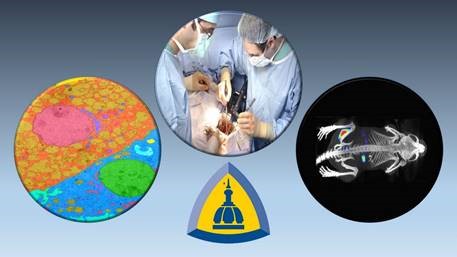
Story Ideas from Johns Hopkins Medicine
During the COVID-19 pandemic, Johns Hopkins Medicine Media Relations is focused on disseminating current, accurate and useful information to the public via the media. As part of that effort, we are distributing our “COVID-19 Tip Sheet: Story Ideas from Johns Hopkins” every other Tuesday.
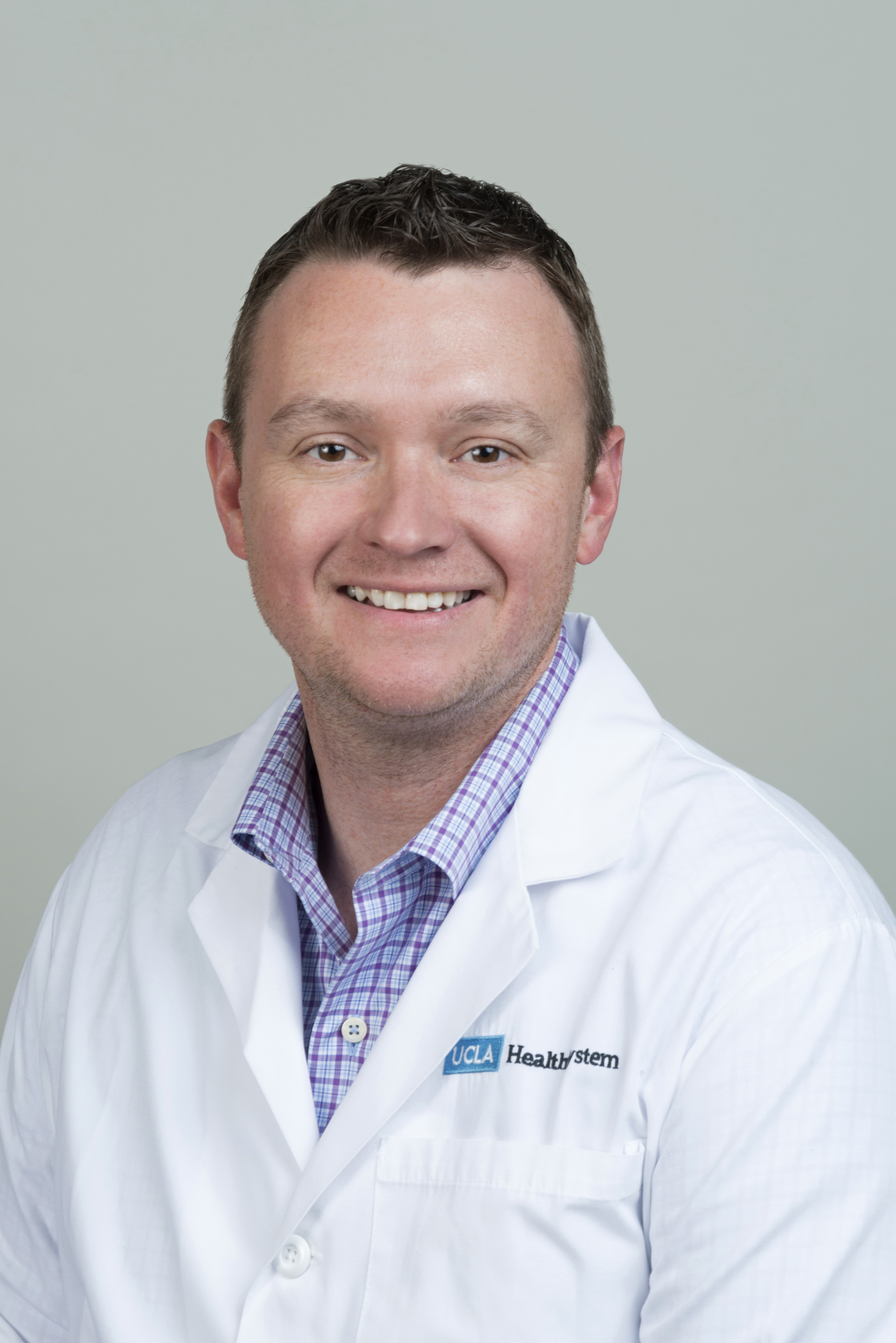
A step toward understanding why COVID-19 boosts stroke risk
A UCLA-led study may help explain how COVID-19 increases the risk for stroke. Scientists made the finding by running fluid spiked with a COVID-19–like protein through a 3D-printed model of the arteries of a patient who had suffered a stroke.
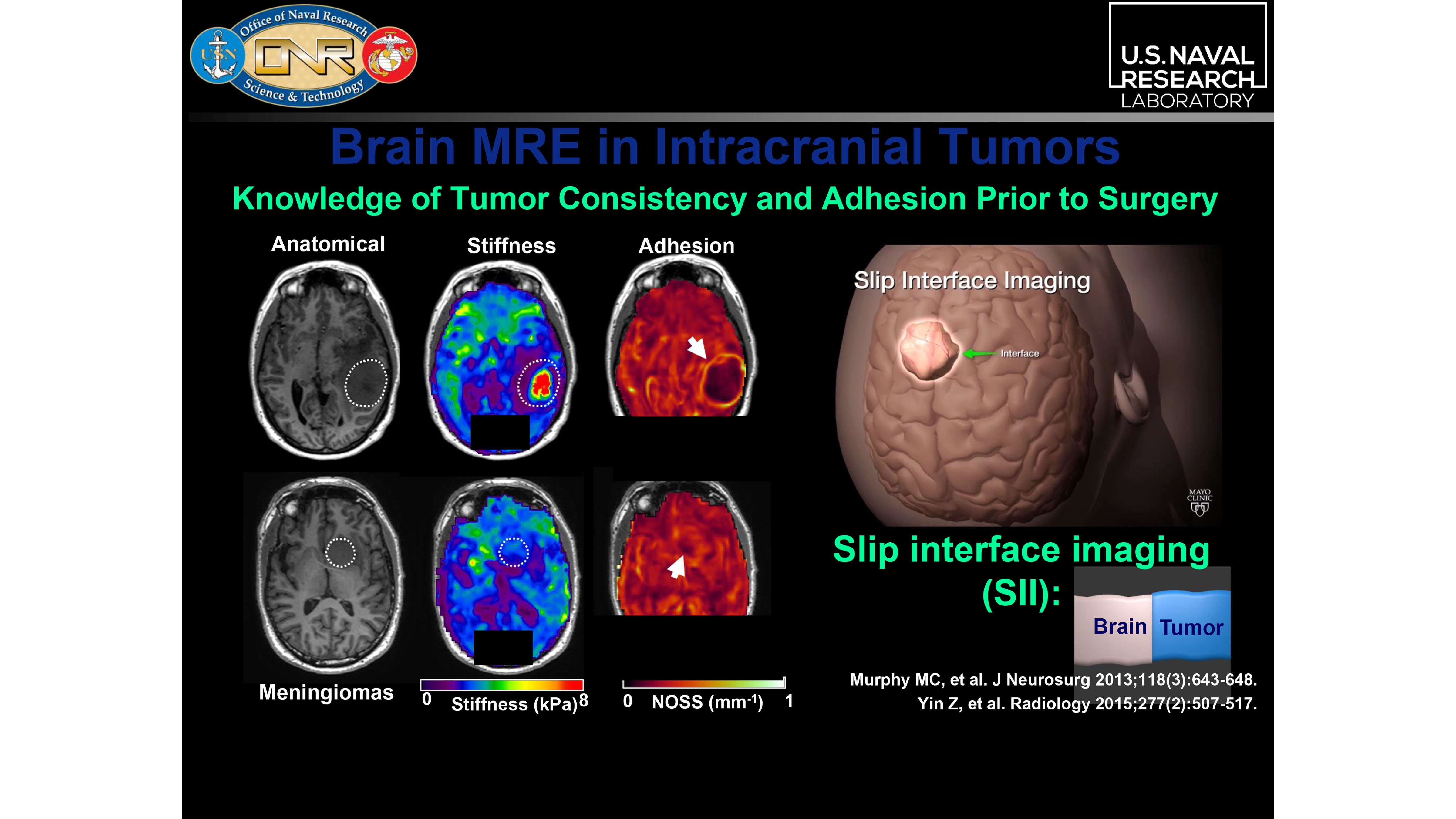
Noninvasive Way to Explore Traumatic Brain Injuries
A noninvasive method to measure the stiffness parameters along fibrous pathways within the brain is helping researchers explore traumatic brain injuries. The stiffness of these tissues can reveal clues about changes and pathologies within the brain’s gray and white matter. During the 179th ASA Meeting, Anthony J. Romano will describe the method known as waveguide elastography. Waveguide elastography merges magnetic resonance elastography and diffusion tensor imaging with a combination of isotropic and anisotropic inversion algorithms.
How neurons form long-term memories
Harvard Medical School neuroscientists have discovered genes that memory neurons use to rewire connections after new experiences. The findings shed light on the biology of long-term memory, with implications for new approaches to intervene when memory deficits occur with age or disease.
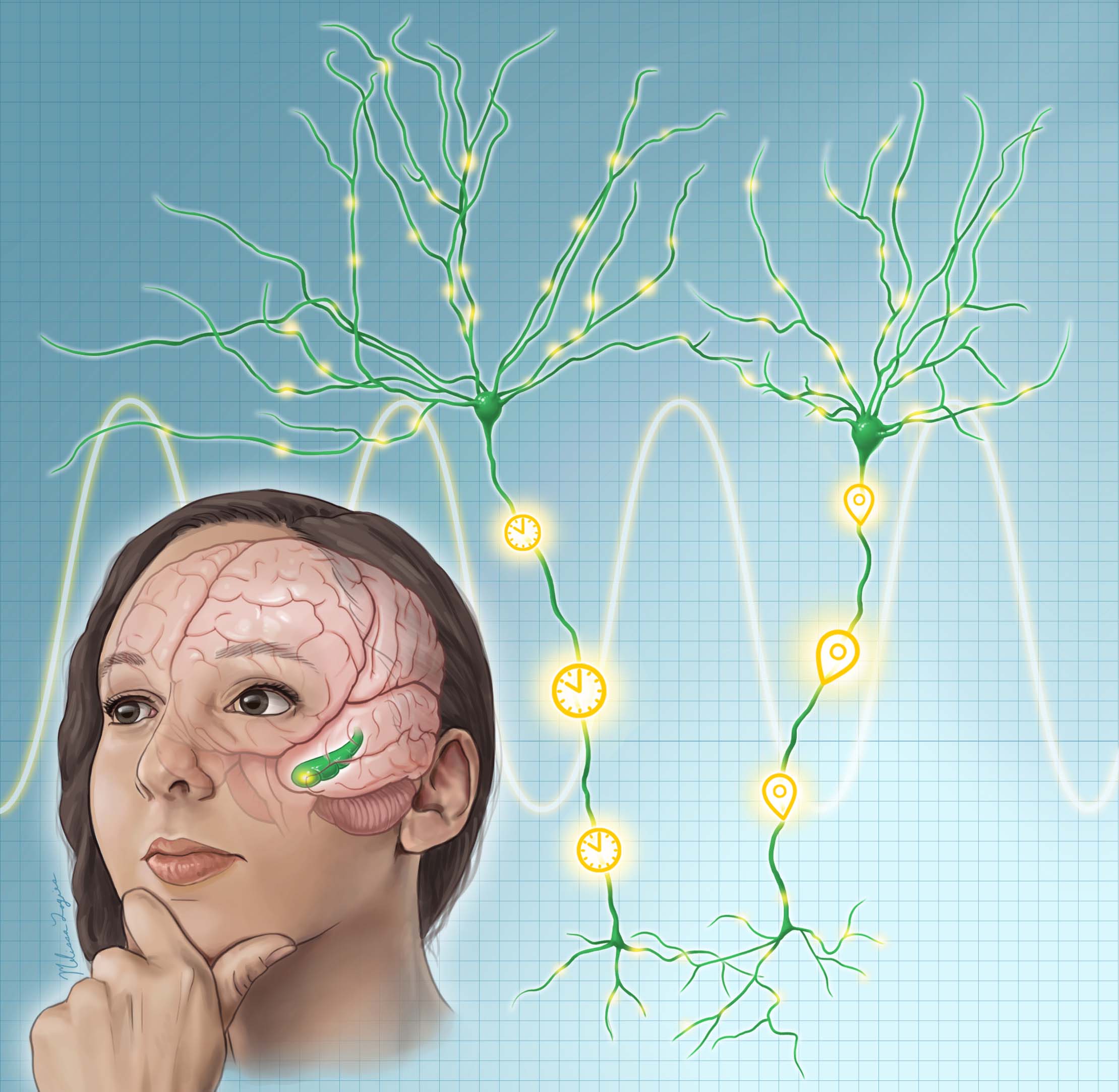
How The Brain Remembers Right Place, Right Time
DALLAS – Dec. 8, 2020 – Two studies led by UT Southwestern researchers shed new light on how the brain encodes time and place into memories. The findings, published recently in PNAS and Science, not only add to the body of fundamental research on memory, but could eventually provide the basis for new treatments to combat memory loss from conditions such as traumatic brain injury or Alzheimer’s disease.
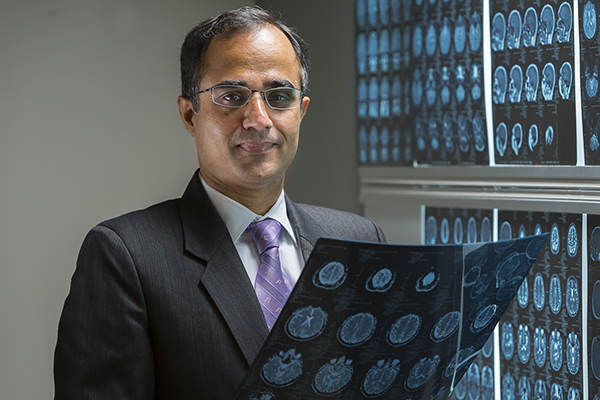
Research unlocks new information about reading through visual dictionary in the brain
The uniquely human ability to read is the cornerstone of modern civilization, yet very little is understood about the effortless ability to derive meaning from written words. Scientists at UTHealth have now identified a crucial region in the temporal lobe, know as the mid-fusiform cortex, which appears to act as the brain’s visual dictionary.

Dopamine Surge Reveals How Even for Mice, ‘There’s No Place Like Home’
“There’s no place like home,” has its roots deep in the brain. Using fiber photometry, scientists are the first to show that home evokes a surge of dopamine in mice that mimics the response to a dose of cocaine. The study demonstrates how dopamine rises rapidly in mice moved from a simple recording chamber to their home cage, but less so when they return to a cage not quite like the one they knew.
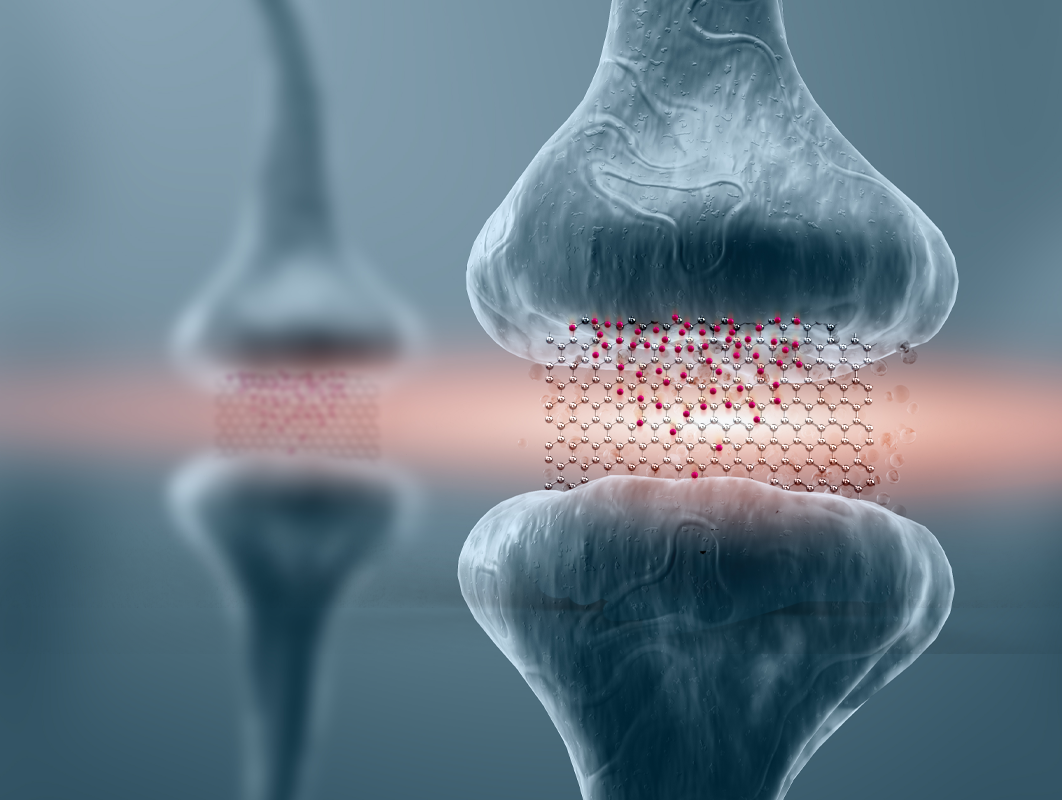
Graphene-based memristors show promise for brain-based computing
As progress in traditional computing slows, new forms of computing are coming to the forefront. At Penn State, a team of engineers is attempting to pioneer a type of computing that mimics the efficiency of the brain’s neural networks while exploiting the brain’s analog nature.
Ingo Mellinghoff Named Chair of MSK’s Department of Neurology
Neuro-oncologist and renowned physician-scientist Ingo Mellinghoff will lead MSK’s distinguished Department of Neurology after previously serving as Acting Co-Chair.
New research finds we don’t empathize with others equally – but we believe we should
According to new research, while we don’t always empathize with others equally–most of us believe we should.
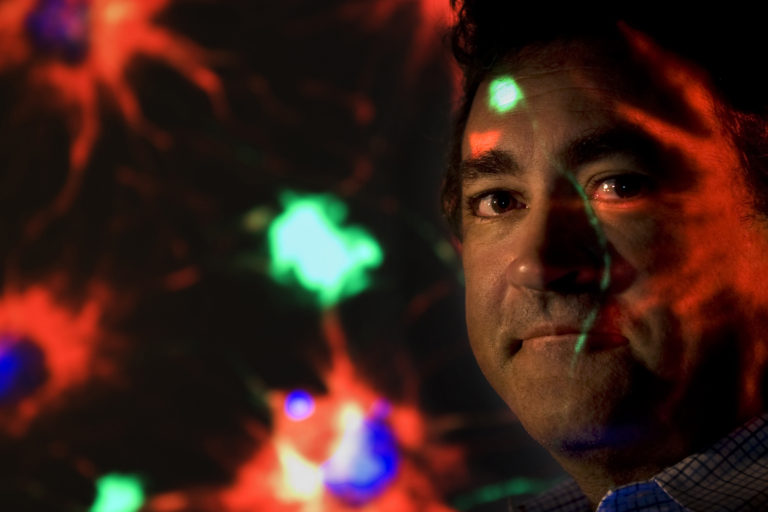
Cancer treatment without side effects?
Irvine, Calif., Oct. 27, 2020 – Treating cancer without debilitating side effects has long been the holy grail of oncologists, and researchers at the University of California, Irvine and Switzerland’s Lausanne University Hospital may have found it. Charles Limoli, professor of radiation oncology at UCI, and Marie-Catherine Vozenin, associate professor of radiation oncology at the Swiss facility, used an ultra-high dose rate of radiation therapy to eliminate brain tumors in mice, bypassing key side effects usually caused by cranial irradiation.

Johns Hopkins Medicine Hosts Briefing on Women’s Health
Since its inception in 1995, the mission for A Woman’s Journey has remained the same: to empower women to make the right health care decisions for their families and themselves.
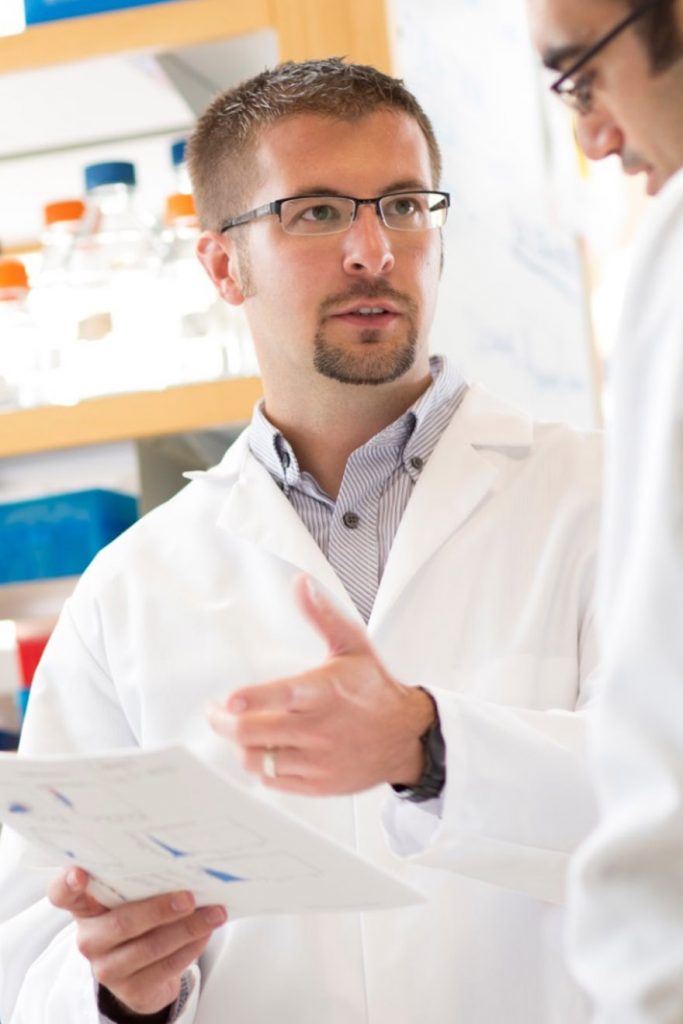
New research reveals why low oxygen damages the brain
Brain cell dysfunction in low oxygen is, surprisingly, caused by the very same responder system that is intended to be protective, according to a new published study by a team of researchers at the Case Western Reserve University School of Medicine.
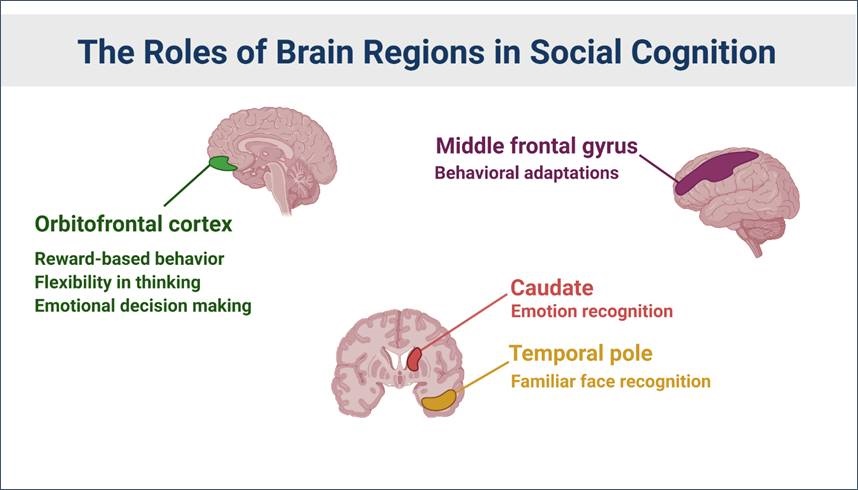
‘Use it or Lose it’: Regular Social Engagement Linked to Healthier Brain Microstructure in Older Adults
Older people who report greater levels of social engagement have more robust gray matter in regions of the brain relevant in dementia, according to new research. The findings matter during the COVID-19 pandemic.
Memorial Sloan Kettering Awards and Appointments
Memorial Sloan Kettering Cancer Center (MSK) announces its most recent awards and appointments for the institution’s physicians, scientists, nurses, and staff.
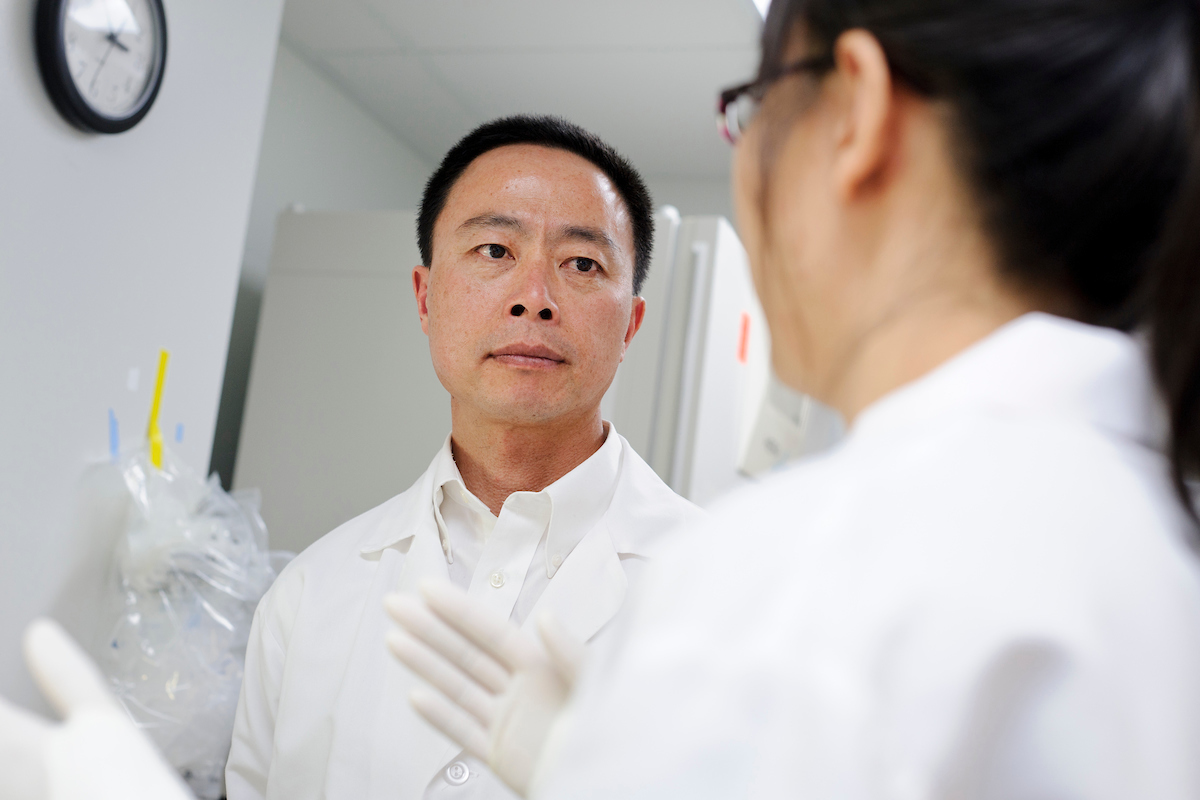
Stem cells can repair Parkinson’s-damaged circuits in mouse brains
University of Wisconsin–Madison researchers demonstrated a proof-of-concept stem cell treatment in a mouse model of Parkinson’s disease. They found that neurons derived from stem cells can integrate well into the correct regions of the brain, connect with native neurons and restore motor functions.
Move More or Sit Less: How to Maintain a Healthy Brain
Worldwide, a person is diagnosed with dementia every three seconds. Regular physical activity and limited sedentary behavior (i.e., time spent sitting or lying down) are two important lifestyle strategies for maintaining good brain health. However, we do not know which…

How the brain’s inner clock measures seconds
BACKGROUND Tracking the passage of time to the second is critical for motor control, learning and cognition, including the ability to anticipate future events. While the brain depends on its circadian clock to measure hours and days, the circadian clock…
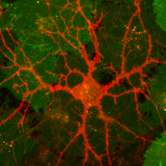
New dopamine sensors could help unlock the mysteries of brain chemistry
In 2018, Tian Lab at UC Davis Health developed dLight1, a single fluorescent protein-based biosensor. This sensor allows high resolution, real-time imaging of the spatial and temporal release of dopamine in live animals. Now, the team expanded the color spectrum of dLight1 to YdLight1 and RdLight1. The increased light penetration and imaging depth of these variants provide enhanced dopamine signal quality allowing researchers to optically dissect dopamine’s release and model its effects on neural circuits.
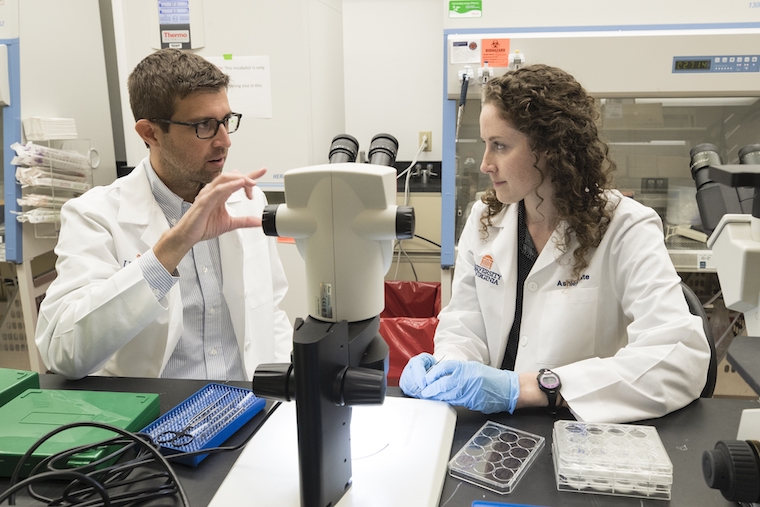
Concussion discovery reveals dire, unknown effects of even mild brain injury
Even mild concussions cause severe and long-lasting impairments in the brain’s ability to clean itself, and this may seed it for Alzheimer’s, dementia and other neurodegenerative problems.
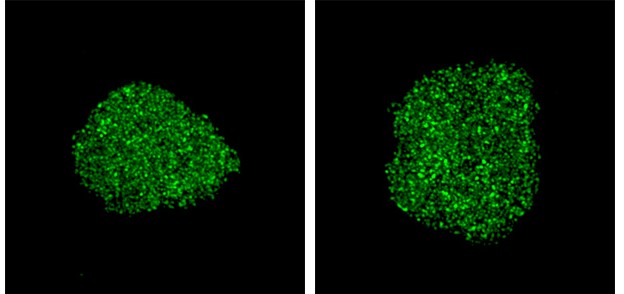
Brain Cell Death in ALS, Dementia Tied to Loss of Key Biochemical Transport Structure in Nucleus
Researchers have long sought to explain precisely how the most common genetic mutation linked to both amyotrophic lateral sclerosis (ALS) and frontotemporal dementia causes the death of nerve cells.
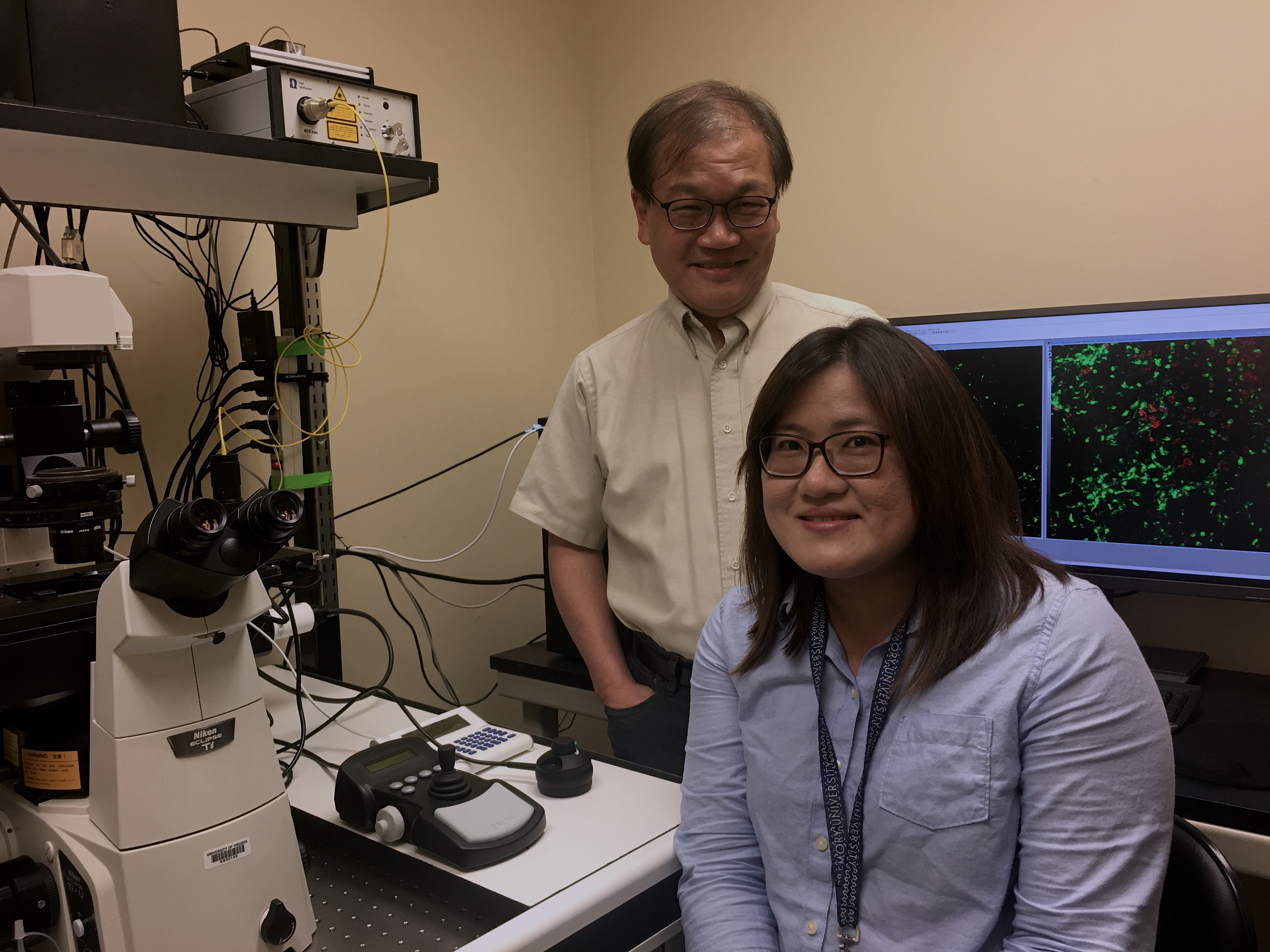
Strokes in babies are surprisingly common. Here’s how the body rushes to the rescue.
New research is shedding light on the development of the brain’s immune defenses – and how those defenses respond to strokes that strike one in 4,000 babies in the first month of life.